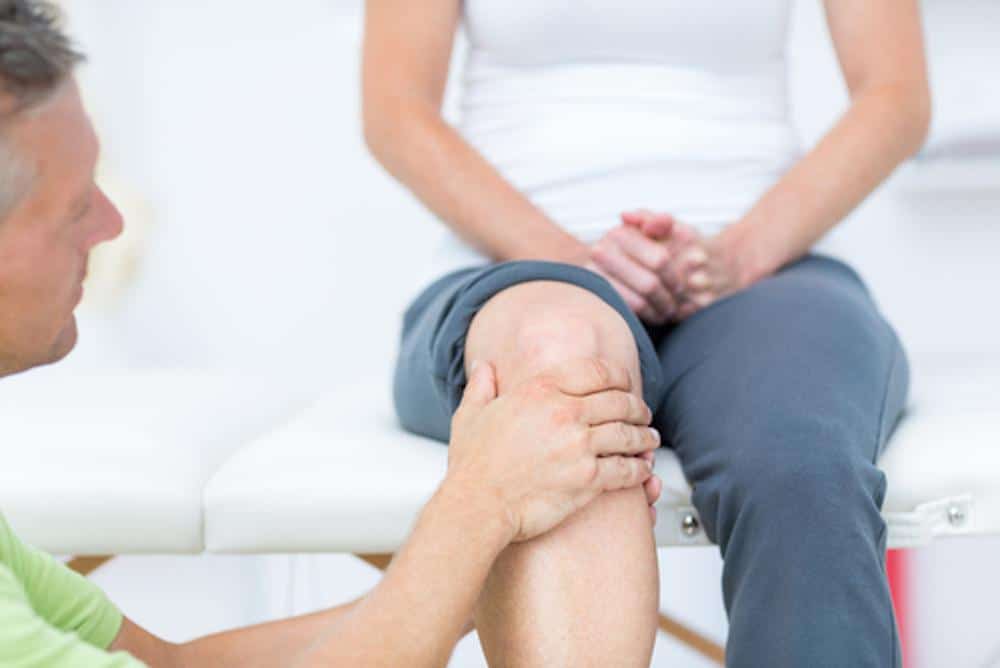
28 Feb 5 Tips to Help Speed Your Recovery Following Knee Replacement Surgery
When your knee pain just can’t be managed with medication, physical therapy, or injections, joint replacement surgery may be necessary. Recovery from this major surgery usually takes at least 12 weeks and as long as 20 weeks, or six months.
You’re eager to get back to full function. That’s understandable. Keep your recovery on the shorter side of this range with some important steps.
1. Get strong in advance
Strengthen your leg and abdominal muscles prior to surgery to optimize your recovery time. Proper strengthening helps support the joint and take a lot of pressure off it, so you can return to activity a bit sooner.
When you have strong quadriceps, calves, and hamstrings, your knee has to do less work every time you use your leg. Strength train, on your own or with a trainer, for about eight weeks before your procedure to get strong.
2. Prepare your home in advance
Another pre-surgery step is to prepare your home to support you once you return from surgery. Stock your fridge and freezer with easy-to-make meals that are nutritious to support your healing. Establish a place where you can rest comfortably, preferably without having to navigate stairs. However, try not to sit more than 45-60 minutes at a time.
You may be on crutches for a time following surgery, so clear a pathway to the bathroom and kitchen. With these simple steps made in advance, you make sure you don’t overstrain yourself when you arrive home from surgery and get right to healing. It’s best if you can enlist a family member or friend to be with you at home for the first few days following surgery.
3. Be on top of swelling
In the first two to three weeks after surgery, do the best you can to keep swelling to a minimum. This helps you achieve passive range of motion sooner, so you’ll be on your way to recovery faster. To keep swelling down, ice for 10 minutes every hour for the first few days after your procedure.
4. Keep the knee joint straight
Keep the joint straight immediately after surgery. You might choose a straight-backed chair, rather than your comfy recliner, and lie flat while in bed to promote straightness. Avoid kneeling, squatting, and stair climbing as much as possible. Your physical therapy team will advise when to add in gentle bending to encourage range of motion.
5. Don’t rush the process
You’ll undergo physical therapy in the days and weeks following your surgery. Move through each stage as directed and even if you’re feeling good, don’t rush ahead. The therapist is there to help you adapt to full range of motion and full function. If you try to rush the process, you ironically end up slowing it down.
At the office of Paul Eliot Hughes, MD, we’re here to help you through every stage of knee replacement surgery. If you have questions about preparation, the surgical process, and recovery, don’t hesitate to call us.


Sorry, the comment form is closed at this time.